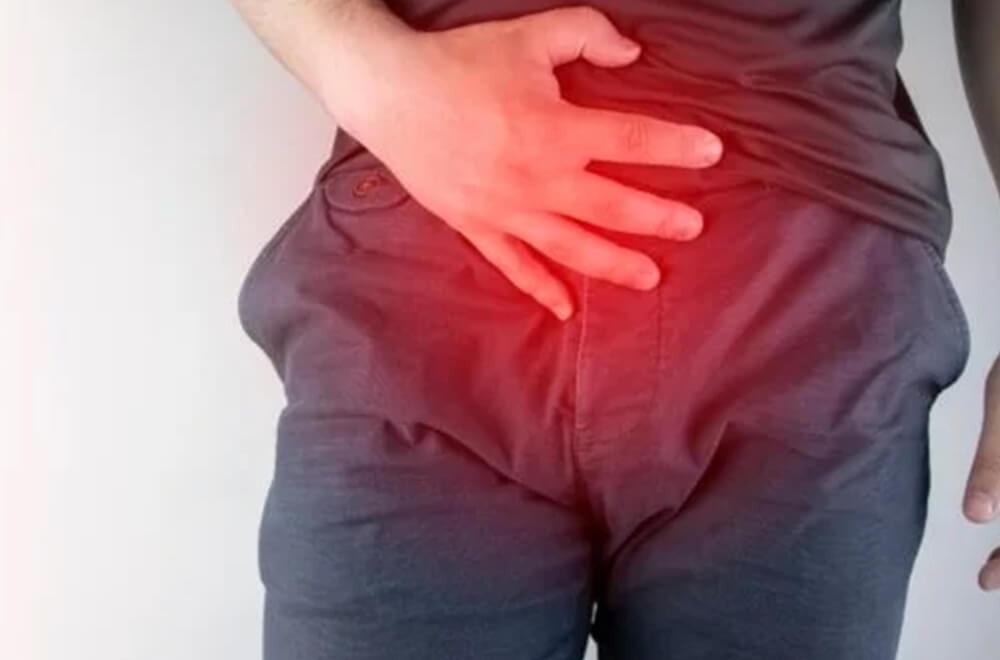At times, the symptoms of an enlarged prostate are mistaken for prostate cancer. Today, we will take a closer look at the signs of an enlarged prostate and indications of other disorders of the prostate.
Understanding the symptoms of an enlarged prostate
An enlarged prostate is a disorder also referred to as benign prostatic hyperplasia (BPH). It is a common issue for males above 50. Yet its symptoms can be alarming as they can diminish the quality of life and even hide more serious medical disorders.
BPH is the leading cause of prostate disorders. What should also be understood is that infections can also cause an enlarged prostate. If there is blood in the urine, it can be either an infection or a potentially serious disorder (cancer, kidney disease). It is also a sign of BPH.
If you are experiencing enlarged prostate symptoms, do not hesitate to have a thorough medical evaluation by a specialist immediately.
Briefly understanding Benign Prostatic Hyperplasia (BPH)
Benign prostatic hyperplasia (BPH) happens when the prostate and surrounding tissue expand. The former undergoes two main growth stages as a person ages. The first one is early in puberty when the prostate doubles in size. The second one typically begins around the age of 25 and continues for most of a man’s life.
As a man ages, their prostate gets larger. BPH occurs when it becomes large enough to cause problems. Once the prostate grows, it presses against the urethra. The bladder walls thicken and may cause the bladder to weaken.
The thickened walls create Urinary Retention. It loses its ability to be empty completely. A little bit of urine remains in the bladder.
These issues cause numerous symptoms of the lower urinary tract symptoms (LUTS) associated with BPH. Understanding how BPH creates symptoms can help your doctor determine the kind of treatment required to help you overcome it.
Understanding how the prostate works?
The prostate is part of the male reproductive system. Its main job is to make fluid for semen. It is about a walnut and weighs almost an ounce. Moreover, it sits below the bladder and right in front of the rectum.
The prostate also surrounds a tube called the urethra. The latter carries urine from the bladder through the penis.
Who is at risk for BPH?
The following men are at risk for BPH:
- Men above the age of 50 (as the risk grows with age).
- Those whose fathers had BPH.
- Men who are overweight.
- Those who have a sedentary lifestyle.
- Men with erectile dysfunction ED).
Briefly examining the causes of an enlarged prostate
No one knows the cause of an enlarged prostate. Experts reveal that the condition affects millions of men worldwide as they age. The symptoms of an enlarged prostate make an appearance once a man reaches his forties.
50% of men between the ages of 51 and 60 are affected by BPH. The figure reaches 90% for men above the age of 80.
Older men are most affected by BPH. Experts believe the condition can be linked to ageing and hormonal changes. As a man’s testosterone levels decline with age, this results in a greater percentage of estrogen. This could be the factor triggering the prostate’s growth.
This is further supported by the fact that younger men who had their testicles surgically removed due to testicular cancer never developed BPH. Moreover, the National Institute of Health (NIH) suggests that the accumulation of the hormone dihydrotestosterone (DHT). When testosterone levels decrease, this can lead to the growth of prostate cells.
Treatment for an enlarged prostate
What is the latest treatment for an enlarged prostate? This is a question many are asking these days due to rising awareness of BPH and prostate cancer. There are many ways of getting the prostate back to normal, but all of this depends on the severity of the condition.
In relatively mild conditions, limiting consumption of sodas, coffee, and tea is needed. Caffeine increases the frequency of urination by stimulating the bladder.
Here are the treatments for an enlarged prostate.
Medications
Alpha Blockers: They relax the muscles of the bladder and the prostate. This, therefore, makes urination easy.
Alpha Reductase Inhibitors: They block the hormones that cause the prostate to grow. In some cases, they shrink the prostate.
Treatments
Here are the treatments for an enlarged prostate:
- UroLift: They are tiny implants designed to hold the prostatic urethra open and remove obstructions.
- Aquablation: Shrinking the prostate using a heat-free water jet.
- Prostate Artery Embolization (PAE): They involve the insertion of micro particles through a catheter in the prostate artery. It reduces blood supply to the prostate, hence shrinking it over time.
- Rezum water vapour therapy: A steam-induced treatment removing excess prostate tissue.
- Transurethral Resection of the Prostate (TURP): A surgical procedure that removes some of the prostate tissue.
The best treatment option for an affected patient depends on the severity of the symptoms. The test results also count. Can running cause prostate problems? It does not. However, it can worsen existing conditions. If not treated, an enlarged prostate can create the following:
This is why you should consult a doctor right away.
Over to you
An enlarged prostate is indeed bad news. Its symptoms can be troublesome without any doubt. This is why visiting a physician firsthand is even better, as it helps determine an accurate diagnosis and treatment for the condition.
For Consultation Contact us here:

